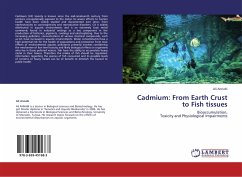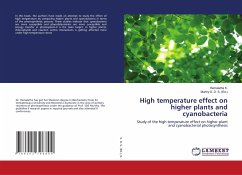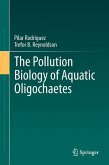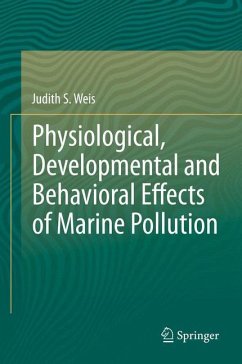Excessive metal concentration in water bodies poses significant hazards to human, animal and plant health and to the environment in general. Cyanobacteria, due to the ubiquitous occurrence in nature and metabolic uptake of metals with continuous growth, have gained wide recognition as potential alternatives to conventional means of heavy metals removal from the contaminated water bodies. The edible filamentous cyanobacterium Spirulina platensis, along with the unicellular Synechocystis sp. PCC 6803, a model organism widely used in genetic, physiological and morphological studies were employed in this study to assess the bioaccumulation of Pb and Cd and their effects on growth, morphology and pigment contents. At higher concentrations (30, 50 and 100 ppm), the growth and the pigment contents of the species were found to be severely affected by both the metals. Though morphological abnormalities in S. platensis were not specific, alterations in the ultrastructure became evident in Synechocystis sp. PCC 6803 even at low concentration (8 ppm) of metals. Both species were shown to be good accumulators of metals with high bioconcentration factor values.
Bitte wählen Sie Ihr Anliegen aus.
Rechnungen
Retourenschein anfordern
Bestellstatus
Storno








